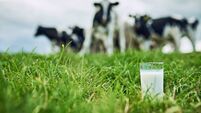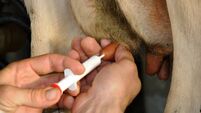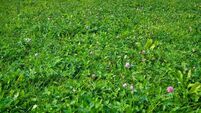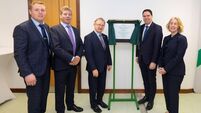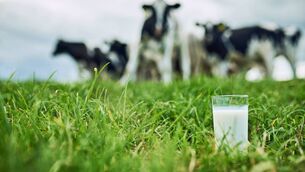Research breakthrough suggests mastitis could be treated by sound waves in the future
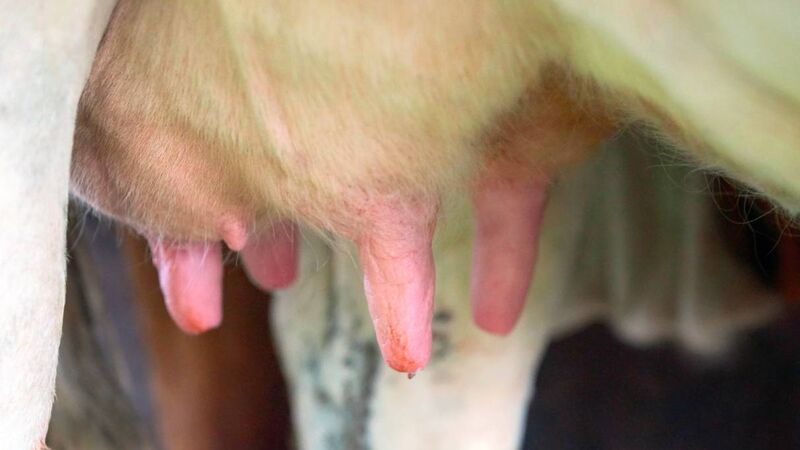
Cow utter before milking process, Franche Comte, France.
Acoustic pulse technology should be further investigated as a viable and sustainable alternative to antibiotic therapy for mastitis, said Israeli researchers after trialling the method in 129 cows.
Their findings were published last month in , one of the main global research publications.

